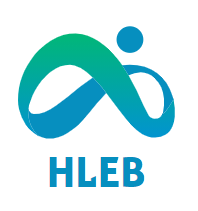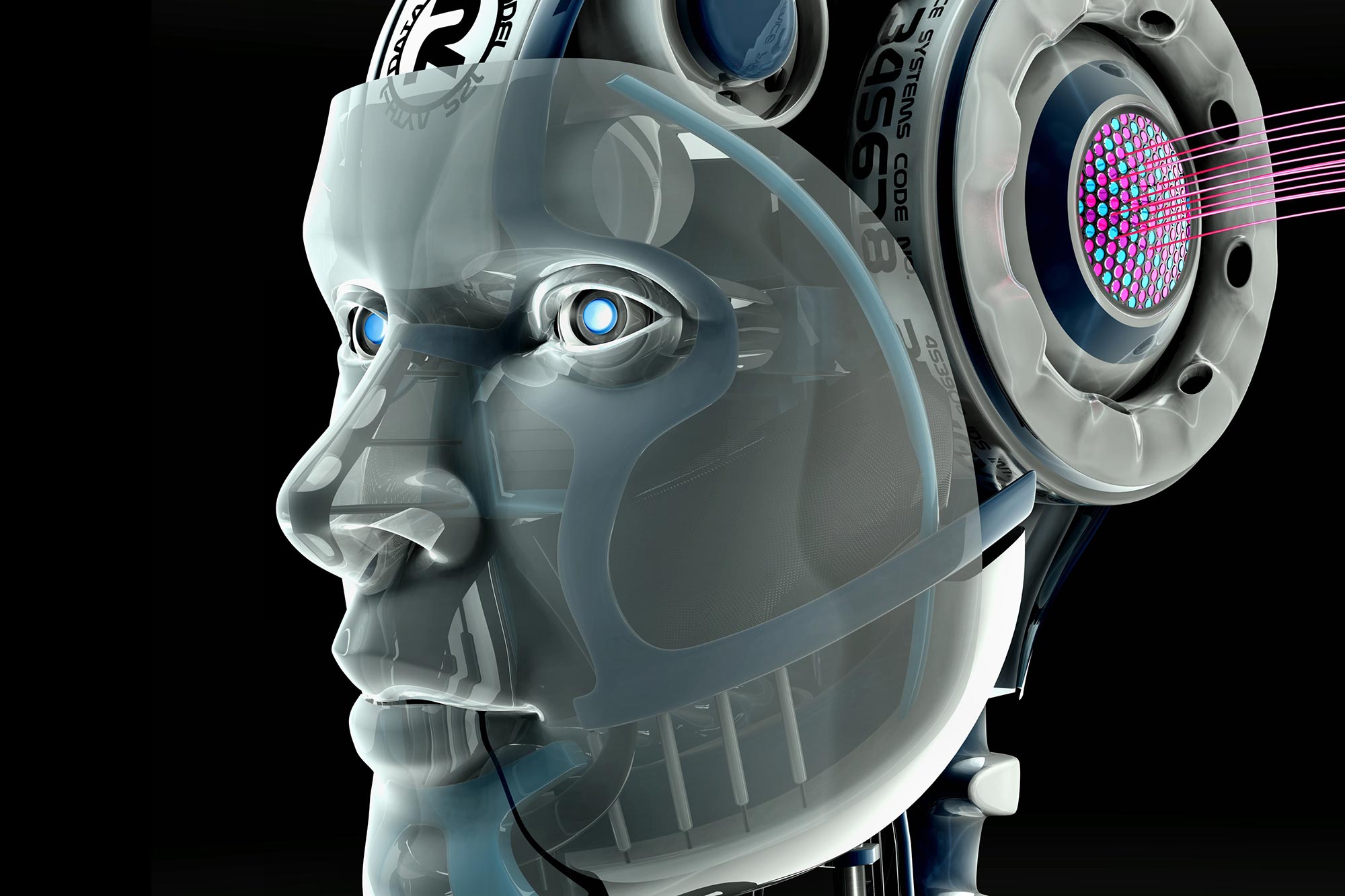
ИИ-Декарт, мировой искусственный интеллект, разработанный исследователями из IBM Research, Samsung AI и Университета Мэриленда, округ Балтимор, воспроизвел ключевые части работы, получившей Нобелевскую премию, включая уравнения поведения газа Ленгмюра и третий закон Кеплера для планет. движение. При поддержке Агентства перспективных исследовательских проектов Министерства обороны США (DARPA) система ИИ использует символьную регрессию для поиска уравнений, соответствующих данным, и наиболее примечательна своей способностью к логическому мышлению. Это позволяет AI-Декарту определить, какие уравнения наиболее подходят для базовой научной теории. Система особенно эффективна при работе с зашумленными реальными данными и небольшими наборами данных. Команда создает новые наборы данных, обучает компьютеры читать научные статьи и строит базовые теории для улучшения и расширения возможностей системы.
Система продемонстрировала свой разрез по третьему закону движения планет Кеплера, закону релятивистского замедления времени Эйнштейна и уравнению поглощения газа Ленгмюра.
AI-Decartes, новый ученый в области искусственного интеллекта, успешно воспроизвел работу, получившую Нобелевскую премию, используя логические рассуждения и символическую регрессию для поиска точных уравнений. Система эффективна с реальными данными и небольшими наборами данных, а ее будущие цели включают автоматизацию построения фоновых теорий.
В 1918 году американский химик Ирвинг Ленгмюр опубликовал статью, в которой исследовал поведение молекул газа, прилипающих к твердой поверхности. Руководствуясь результатами тщательных экспериментов, а также своей теорией о том, что твердые тела обеспечивают отдельные места упаковки для молекул газа, он вывел ряд уравнений, описывающих, сколько газа будет прилипать при заданном давлении.
Теперь, почти сто лет спустя, «мир искусственного интеллекта», разработанный исследователями из IBM Research, Samsung AI и Мэрилендского университета в округе Балтимор (UMBC), воспроизвел ключевую часть работы лауреата Нобелевской премии Ленгмюра. Система — искусственный интеллект (ИИ), действующий как ученый — заново открыла третий закон движения планет Кеплера, который может рассчитать время, необходимое одному космическому объекту для обращения вокруг другого, учитывая расстояние, которое их разделяет, и произвела хорошее приближение. относительного времени Эйнштейна — закон масштабирования, который показывает, что время замедляется для быстро движущихся объектов.
Исследование проводилось при поддержке Агентства перспективных оборонных исследовательских проектов (DARPA).[{» attribute=»»>DARPA). A paper describing the results will be published today (April 12) in the journal Nature Communications.
A machine-learning tool that reasons
The new AI scientist—dubbed “AI-Descartes” by the researchers—joins the likes of AI Feynman and other recently developed computing tools that aim to speed up scientific discovery. At the core of these systems is a concept called symbolic regression, which finds equations to fit data. Given basic operators, such as addition, multiplication, and division, the systems can generate hundreds to millions of candidate equations, searching for the ones that most accurately describe the relationships in the data.
AI-Descartes offers a few advantages over other systems, but its most distinctive feature is its ability to logically reason, says Cristina Cornelio, a research scientist at Samsung AI in Cambridge, England who is first author on the paper. If there are multiple candidate equations that fit the data well, the system identifies which equations fit best with background scientific theory. The ability to reason also distinguishes the system from “generative AI” programs such as ChatGPT, whose large language model has limited logical skills and sometimes messes up basic math.
“In our work, we are merging a first-principles approach, which has been used by scientists for centuries to derive new formulas from existing background theories, with a data-driven approach that is more common in the machine learning era,” Cornelio says. “This combination allows us to take advantage of both approaches and create more accurate and meaningful models for a wide range of applications.”
The name AI-Descartes is a nod to 17th-century mathematician and philosopher René Descartes, who argued that the natural world could be described by a few fundamental physical laws and that logical deduction played a key role in scientific discovery.
Suited for real-world data
The system works particularly well on noisy, real-world data, which can trip up traditional symbolic regression programs that might overlook the real signal in an effort to find formulas that capture every errant zig and zag of the data. It also handles small data sets well, even finding reliable equations when fed as few as ten data points.
One factor that might slow down the adoption of a tool like AI-Descartes for frontier science is the need to identify and code associated background theory for open scientific questions. The team is working to create new datasets that contain both real measurement data and an associated background theory to refine their system and test it on new terrain.
They would also like to eventually train computers to read scientific papers and construct the background theory themselves.
“In this work, we needed human experts to write down, in formal, computer-readable terms, what the axioms of the background theory are, and if the human missed any or got any of those wrong, the system won’t work,” says co-author Tyler Josephson, assistant professor of Chemical, Biochemical and Environmental Engineering at UMBC. “In the future,” he says, “we’d like to automate this part of the work as well, so we can explore many more areas of science and engineering.”
This goal motivates Josephson’s research on AI tools to advance chemical engineering.
Ultimately, the team hopes their AI-Descartes, like the real person, may inspire a productive new approach to science. “One of the most exciting aspects of our work is the potential to make significant advances in scientific research,” Cornelio says.
Reference: “Combining Data and Theory for Derivable Scientific Discovery with AI-Descartes” 12 April 2023, Nature Communications.
DOI: 10.1038/s41467-023-37236-y
Funding: Defense Advanced Research Projects Agency

«Главный евангелист пива. Первопроходец в области кофе на протяжении всей жизни. Сертифицированный защитник Твиттера. Интернетоголик. Практикующий путешественник».






More Stories
Ученые раскрыли секреты потери морских звезд и возобновления роста конечностей
Комплексное мероприятие сообщества людей с деменцией в Ратуте, посвященное Всемирному месяцу борьбы с болезнью Альцгеймера.
Новое исследование массивного надвига предполагает, что следующее большое землетрясение может быть неизбежным